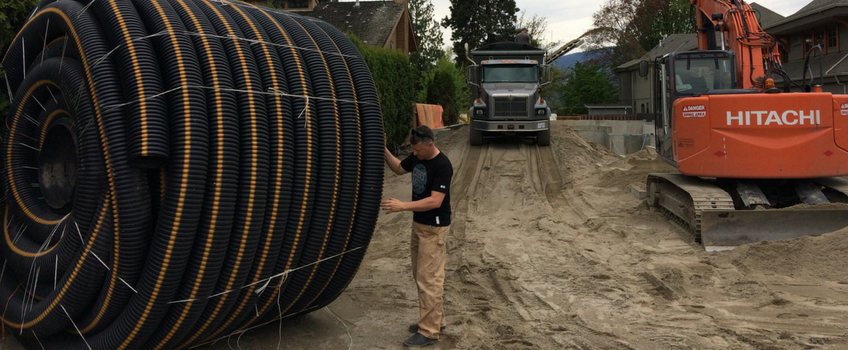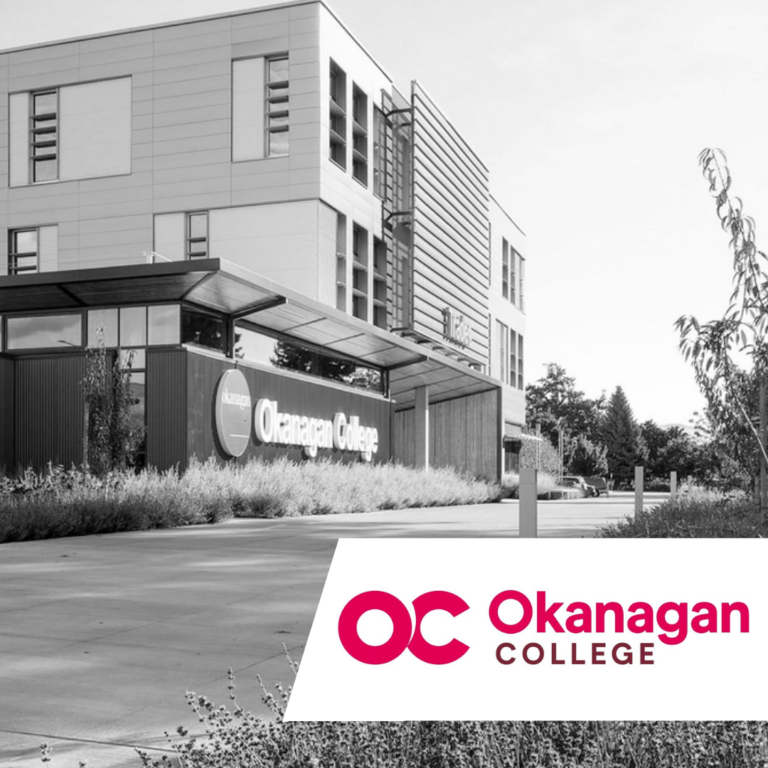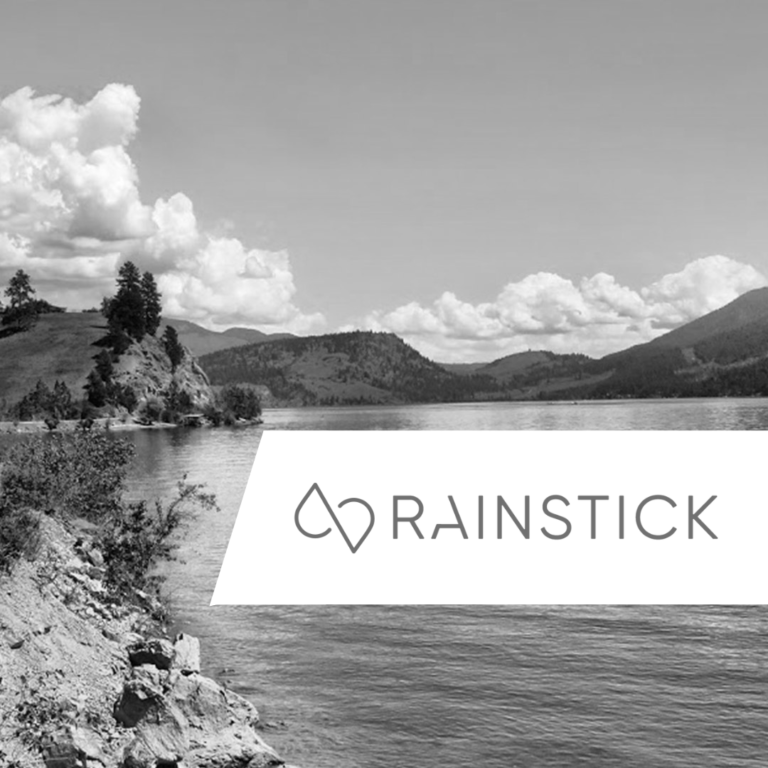Beating the Heat with Passive Technologies
It’s that time of year again. Summer in the Okanagan is hot and beautiful. The lake and shade are your friends, providing a respite from the heat of the sun in Canada’s only semi-arid desert. It’s also a time of year when utilities see peak demand for electricity while we crank up the air conditioning in our homes and businesses. If you don’t have AC in this climate, you’re not a happy camper. Unless you’re one of the growing number of people whose homes are passively cooled.
Passive technology and design enabled homes and other buildings to maintain more comfortable temperatures in a much more energy efficient way than active technologies. Traditional air conditioning methods such as refrigerant-based systems and heat pumps are examples of active technologies, requiring a significant amount of energy, and money, to operate and maintain.
Passive systems enable cooling and heating related energy savings of up to 90% compared with typical buildings and over 70% than 2016 building code standards in BC. Not only are they incredibly energy efficient, they are also more comfortable, affordable and environmentally friendly than conventional buildings. Designers and builders of passive buildings are able to achieve these savings for as little as a 2% premium over conventional buildings (some would suggest at par), and this premium quickly becomes thousands of dollars in savings for the occupants who reap the affordability of operating a hyper-efficient home.
Locally, there are some super cool (pun intended), technologies and systems being developed and deployed to enable these kinds of savings, many of which can be used to retrofit existing buildings. My personal favorite is the earth tube.

Earth tubes are a passive geothermal technology (not to be confused with geothermal heat pump systems) that consists of underground pipes, typically made of concrete, steel and/or plastic, that are buried below the frost line. They enable the transfer of energy stored in the ground to either heat or cool a building using its existing ventilation system. My friend, Trevor Butler of Archineers, has been installing earth tubes all over the place as of late, at wineries, private homes and a what has become Canada’s first certified Passive House childcare centre, using 80%-90% less energy than a standard child care facility through a combination of passive and other green building technologies.

One of the key elements of passive design, next to proper building orientation in relation to the sun, is the thermal efficiency of walls and other building materials. In order to achieve maximum efficiency during the construction process, many passive builders are using prefab construction methods. I’ve recently learned that right here in our own backyard, Uwe Heyd of Heyde Haus, operates a climate controlled manufacturing facility in Lumby, to create high-quality building components that are then used in combination with passive house design and other technologies. Using advanced building methods like these, Heyde Haus, along with Nido Design and En Circle Design Build, are building some of the most efficient, comfortable and innovative homes in Canada.
Since building energy consumption accounts for about 15 percent of Canada’s greenhouse gas emissions, the more energy efficient buildings we have, the better it is for our environment. The BC Government has recently acknowledged the ability for passive design to not only save money for the occupants but also to tackle climate change. As part of the exciting BC Energy Step Code, by 2032 every home and building in British Columbia will be required to almost meet passive house standards in what they define as being “net-zero ready.” Expect to see even more advancements in clean, green building systems technology as industry innovates to meet these new requirements.
But no need to wait until 2032 to reap the benefits passive design can bring, if you’re building or renovating, reach out to one of the hundreds of passive house professionals in Canada, to learn more about how you can improve the comfort, efficiency, affordability and environmental performance of your home, commercial or institutional building.
Connect with the author Angela, Co-founder and CEO at Greenstep Solutions.







